Hi
Is there a proper way to disconnect a USB drive (stick/thumb or passport type used for backup) from our Innuos streamer/server?
In Windows, it is recommended that you use the “eject” command and I found a similar article saying the same for Linux based systems using the “unmount” command. If this is correct, how is this accomplished within Sense or within the LMS framework or does it not matter with Innuos products?
I have found that if I use a USB thumb drive to transfer an album (I do know I can transfer directly from my PC, so don’t worry about informing me) after reading and removing from the Innuos box the drive registers errors on my Windows PC.
And, on a related note, what about USB backup drives? Does unplugging them without using the unmount command leave us open to possible issues when running a subsequent backup or trying to restore a system??

 www.tecmint.com
www.tecmint.com
Is there a proper way to disconnect a USB drive (stick/thumb or passport type used for backup) from our Innuos streamer/server?
In Windows, it is recommended that you use the “eject” command and I found a similar article saying the same for Linux based systems using the “unmount” command. If this is correct, how is this accomplished within Sense or within the LMS framework or does it not matter with Innuos products?
I have found that if I use a USB thumb drive to transfer an album (I do know I can transfer directly from my PC, so don’t worry about informing me) after reading and removing from the Innuos box the drive registers errors on my Windows PC.
And, on a related note, what about USB backup drives? Does unplugging them without using the unmount command leave us open to possible issues when running a subsequent backup or trying to restore a system??

How to Safely Remove a USB Drive in Linux
In this guide, we’ll learn the simple steps and important safety tips for safely ejecting USB drives using the Linux command line.

